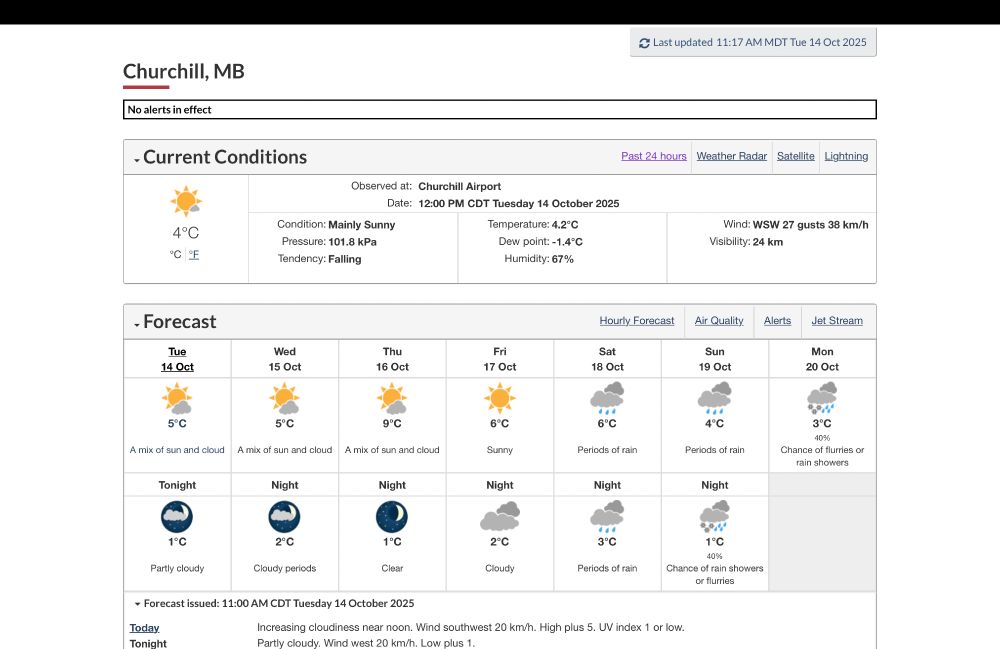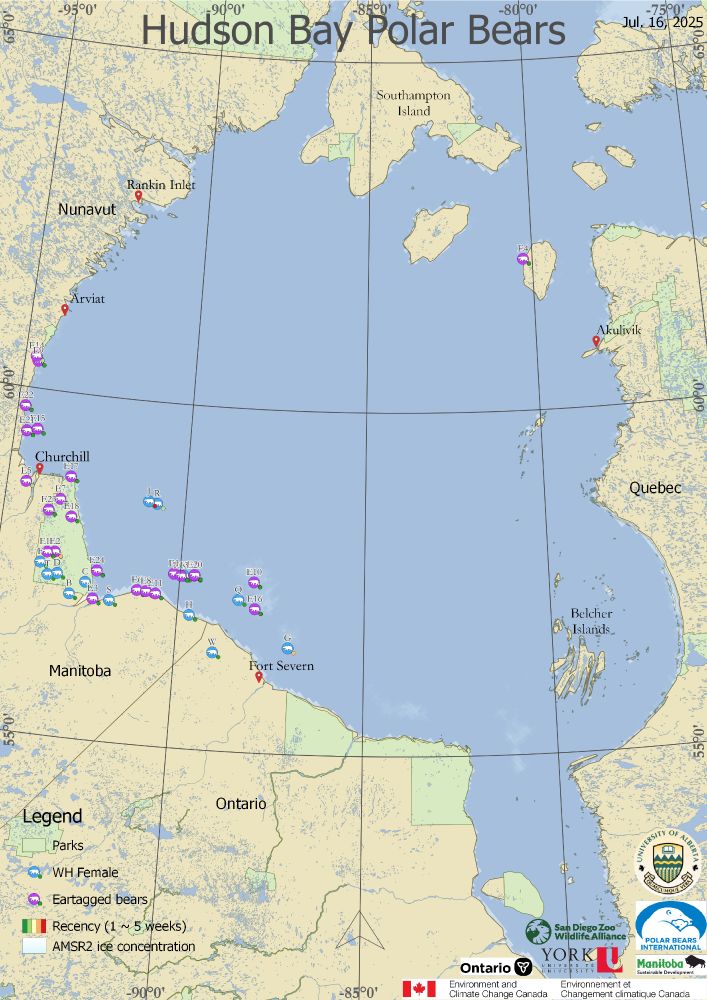Data from nsidc.org/data/seaice_...

Data from nsidc.org/data/seaice_...







explore.org/livecams/pol...




explore.org/livecams/pol...
nsojournals.onlinelibrary.wiley.com/doi/10.1002/... [open access]



nsojournals.onlinelibrary.wiley.com/doi/10.1002/... [open access]







Graphic by zacklabe.com/arctic-tempe...





"percent of solitary females that were pregnant declined significantly over time and between time periods from 85% in 1982–90 to 73% in 1991–2021." Open access:
academic.oup.com/conphys/arti...

"percent of solitary females that were pregnant declined significantly over time and between time periods from 85% in 1982–90 to 73% in 1991–2021." Open access:
academic.oup.com/conphys/arti...
Data available at psc.apl.uw.edu/research/pro.... More info at climatedataguide.ucar.edu/climate-data...

Data available at psc.apl.uw.edu/research/pro.... More info at climatedataguide.ucar.edu/climate-data...

McGeachy et al. “Possible sexually selected infanticide by polar bears in western Hudson Bay”.
Full post on our IG & FB pages!
Full article: doi.org/10.2192/URSU...
IBA Members get access to all URSUS articles.




McGeachy et al. “Possible sexually selected infanticide by polar bears in western Hudson Bay”.
Full post on our IG & FB pages!
Full article: doi.org/10.2192/URSU...
IBA Members get access to all URSUS articles.

#bearconservation #polarbears #arcticresearch
#bearconservation #polarbears #arcticresearch



